Ausangate Mountain is not for everyone, but if you’re looking for a hike that will truly challenge you, this is the right place. The mountain greets you with everything: the awakening cold, the demanding altitude, and the silence that walks with you. This Andean giant holds ancestral secrets and landscapes too vast for a single photo, where the Andean worldview is felt in every breath, and might just change the way you see the world. So, are you ready for something real?
Discover the ancestral secret of Ausangate Mountain that survived the rise and fall of the Inca Empire
In this guide, you'll find everything you need to know to experience the awe-inspiring Ausangate Mountain Peru: how to get there, what to see, when to go, and why this is one of the most intense and symbolic hikes in the country. If you’re ready for an authentic adventure, your journey begins here.
What is Ausangate Mountain?
Ausangate Mountain is a massive snow-capped range stretching 100 km long. It is considered the fifth highest mountain in Peru and is part of the Vilcanota mountain range, located southeast of Cusco.
What does the word Ausangate mean?
The word Ausangate comes from the Quechua and Aymara “Awsanqati” and refers to a cave or hole in the rocks. It is associated with the towering mountain that stands out in the Vilcanota range, and today it’s connected to ancient Andean myths.
Why is Ausangate Mountain so special?
Ausangate Mountain has been revered since pre-Inca times as sacred. It is believed to protect nearby communities and nourish rivers with its waters. Additionally, many consider it a natural source of energy due to its proximity to the sky. This spiritual connection makes mt. Ausangate Peru one of the most meaningful destinations for those seeking more than just a hike.
Where is Ausangate Mountain located?
Ausangate Mountain is located at more than 6,384 meters above sea level, about 110 km southeast of Cusco. It lies between the valleys of the Vilcanota and Tinquimayo rivers, crossing the districts of Ccatca, Ocongate, and Marcapata. Though the road is long, every step surprises you with one-of-a-kind Andean landscapes. Without a doubt, it’s one of the most striking places in the Vilcanota range and a key destination for Ausangate trekking adventures.
Climate and temperature of Ausangate Mountain
The climate in Ausangate remains cold year-round, even when the sun is out. During the day, temperatures can reach 20 °C, but at night they can drop as low as 5 °C. In addition, strong winds are common and can be felt at any moment along the trail.
How to get to Ausangate Mountain?
On your own: By bus or colectivo
To reach Ausangate, you can depart from the Coliseo Cerrado in Huayruropata toward the town of Tinqui; the road journey takes between 3 and 4 hours. Another option is to take an interprovincial bus from Cusco to Mazuco and get off in the town of Ocongate. Once in the area, you can choose to walk or rent horses, depending on your time and the kind of experience you’re looking for.
With a travel agency
Traveling with a tour agency makes everything easier from the start. They handle the logistics from transportation to meals and lodging in equipped camps. Plus, you’ll have guides who know the route well and adapt to your pace. Whether it’s your first hike or not, you’ll always find an Ausangate mountain trek option that fits your needs.
History and Importance of Ausangate Mountain
The Trade Network in the Highlands of Ausangate
Around five thousand years ago, the Cuyos ethnic group, originally from the Amazonian plains, settled in the territories of Ausangate to control access to the Amazon or Antisuyo. Since then, they maintained contact with the Harakbut and Matsigenka peoples, who established trade links with the Wari and Tiahuanaco cultures. This gave rise to systems of exchange between Andean shepherds and the communities that inhabited the cloud forests.
Ausangate in Pre-Inca Times
At first, Ausangate was known as Ausancata, a main huaca (sacred site) of Collasuyo. It was believed that an idol dressed in special garments lived there and was offered sacrifices. According to tradition, souls emerged from the huacas toward Lake Sibinacocha and then entered newborns. Priests could communicate with Apu Ausangate so that he could grant water from his domains.
Inca Era
In the mid-15th century, the Inca Yahuar Huacac conquered the Amazonian peoples known as the Cuyos. He called them llamichos or paqueros due to their pastoral lifestyle and imposed the worship of the sun god Inti and other Andean deities. From then on, the idol of Ausancata was better adorned and respected within its pacarina (place of origin), where a nearby ayllu took responsibility for its care, organized rituals, and maintained harmony with the Pachamama, the animals, and the Qashqai ayllus.
Veneration of Apu Ausangate
The mountains of Callangate, Sinakara, Ausangate, and Colque Cruz were considered Andean gods with spiritual power. Since ancient times, it was believed they protected the people and animals living on their lands. That is why locals offered corn chicha, coca leaves, and on special occasions, carried out camelid and even human sacrifices like the Capacocha to maintain their protection and avoid their wrath.
Did You Know…?
The snow-capped peaks of Parqukalla, Parpakalli, and Sawasiray are known as the children of Ausangate. According to Andean beliefs, these mountains are part of a great spiritual family that lives in the highlands. Each one has its own personality, but all share a special connection with Apu Ausangate, who is recognized as the central figure in this sacred territory.
Colonial Period
During the colonial era, the Cuyos, experts in herding llamas and alpacas in the highlands, were displaced following the 1572 ordinance for the reduction of Indigenous peoples. Even so, they continued their journeys through the warm valleys of Quispicanchi and Paucartambo. Over time, this route became a constant flow, traveled by horse and mule caravans linking Collao with the Paucartambo valley.
Emergence of the Lord of Qoyllur Rit’i
At the end of the 16th century, after the conversion of Andean peoples to Christianity, stories tell of Christ appearing as a blond child who spoke Quechua. He frequently visited the shepherd boy Marianito Mayta in the Sinakara basin, at the foot of the Qolquepunco glacier, where they played and danced among the herds. This encounter gave rise to the festival of the Lord of Qoyllority, one of the most attended pilgrimages in the Andean world.
Interesting Fact
The temple of the Lord of Qoyllur Rit’i was built in the place where the Huaca of Ausangate was once worshipped, marking the transition to Christian devotion with the figure of Christ as the spiritual center.
First Mountaineers of Ausangate
In the early 1950s, two expeditions attempted to reach the summit of Ausangate mountain without success, halted by extreme weather and lack of clear routes. It wasn’t until 1953 that a German expedition led by Heinz Steinmetz managed to ascend from the southern face. This achievement marked a turning point in Peruvian mountaineering and opened new routes to the summit of mt. Ausangate Peru.
Mountaineers Who Made History
Later, in 1983, a group of Peruvian climbers, including Luis Crispín and Víctor Quispe, successfully reached the summit of Ausangate. With that ascent, they became the first Peruvians to conquer this massive mountain. Since then, Ausangate Mountain trek has remained one of the most demanding and respected challenges in Peruvian mountaineering.
Legends and Traditions of Ausangate Mountain
According to Andean mythology, Salkantay and Ausangate were brothers living in Cusco. During a great drought, they each took different paths to help their people. Salkantay went north, where he met a forbidden love in the jungle named Verónica. Meanwhile, Ausangate headed south toward the highlands, where he found an abundance of corn, potatoes, camelid meat, and other food. Thanks to them, the earth was nourished again, and the people of Cusco survived.
Ausangate Today
Today, Ausangate mountain in Peru is a site of pilgrimage and deep respect for the ancestors. Its route is considered sacred, where two forms of spirituality intertwine: Christian faith and the Andean connection to the land. Those who walk this path honor Pachamama and the mountains. It’s also a favorite destination for mountaineers seeking to reach the summit of this challenging snow-capped peak.
Cultural and Spiritual Importance for Andean Peoples
For Quechua communities, Ausangate is an Apu; a presence that protects, guides, and nourishes from above. It represents the strength of the earth, the water that gives life, and the wisdom passed down over time. Every year, thousands of people travel to its slopes to celebrate Qoyllur Rit’i. There, Andean traditions and Christian beliefs come together and continue to live on through the generations.
Tour in the Ausangate Mountains
Tourist Activities at Ausangate Mountain
- Trekking and hiking
- Mountaineering and alpine climbing
- Mountain biking
- Outdoor activities
- Cultural visits
My Recommendations
- Choose to do the full Ausangate trek, crossing remote valleys and mountain passes over 5,000 meters above sea level.
- Along the route, you can camp and rest under a sky full of stars.
- Combine this experience with a visit to the Rainbow Mountain.
- Due to the altitude and remoteness, I recommend hiring a tour agency that includes a guide, transport (horses), meals, and logistical support.
What to See at Ausangate Mountain?
Unmissable Landscapes
As soon as you begin the Ausangate trek, you’ll be welcomed by Andean landscapes that change with every step. You can explore the circuit of the 7 lagoons, such as Pucacocha, known for its reddish color. You’ll also see glaciers hanging over the hills and cross mountain passes as high as 5,200 meters; places that feel like they’re from another world.
Wildlife and Local Communities
Along the way, you’ll see herds of llamas and alpacas, and if you’re lucky, you may spot Andean condors or vizcachas. The Quechua communities in the region preserve ancient practices, such as the use of the chaquitaclla and weaving with backstrap looms. Many families also offer rural lodging and handmade crafts using alpaca fiber. This blend of nature and culture is one of the many reasons why ausangate mountain peru is such a special destination.
Enjoy the Pacchanta Hot Springs
At the foot of mt. Ausangate Peru, you’ll find a small village of the same name, where natural hot springs emerge—ideal for relaxing after a long hike. These waters, which come from the snow-capped peak itself, reach temperatures between 38 °C and 44 °C. They are believed to help relieve muscle pain, improve circulation, and reduce stress. A well-deserved pause in the middle of the highlands.
7 Lagoons Circuit
This trail covers 7.5 km in about 5 hours and includes visits to seven lagoons: Azulqocha, Orco Otorongo, China Otorongo, Puqacocha, Alqacocha, Qomercocha, and Patacocha. All of them are surrounded by towering mountains such as Ausangate, Mariposa, Jampa, Pucapunta, Caracol, and Tinke. Each part of the ausangate mountain trek offers unique landscapes and a deep connection with the calmness of the environment.
Alpaca Textile Workshops
In the villages of Pachanta, Ocongate, and Cacca, you’ll find artisan workshops that still preserve the ancestral techniques of Andean weaving. Here, you can learn the entire process: from harvesting the alpaca fiber to washing, dyeing, spinning, and weaving the wool. Every step is rich in knowledge passed down through generations, another reason why ausangate peru is a cultural journey as well as a natural one.
Community-Based Tourism in Ausangate
In the area around Ausangate mountain, there are opportunities for experiential tourism where you can stay with local families. You’ll be able to learn about Andean textile art, take part in Pachamama rituals, and experience rural life at over 4,000 meters above sea level. Each experience is shared with warmth and respect.
Recommendations for Visiting Ausangate Mountain
What to Bring on the Route
- Original ID documents
- Altitude sickness pills or coca leaves
- Thermal and waterproof clothing
- High-ankle trekking boots
- Waterproof jacket and sunscreen
- Hat and sunglasses
- Reusable water bottle
- Flashlight and extra batteries
- Trekking poles
- Small change in your pocket
- Good binoculars
- A reliable bird guidebook
Safety and Health Tips
- Acclimate in Cusco at least two days before starting the hike
- Don’t underestimate the altitude—walk at your own pace
- There are designated camping areas
- Eco-friendly toilets are available along some sections
- Rustic shelters exist along the way
- Do not start fires
- Hunting is prohibited
- Respect ceremonial sites
- Always greet people you meet on the trail
Don’t Forget
- Do not leave marked trails
- Remember that the ecosystems along the way are extremely fragile
- If you camp, do it before 4 PM due to sudden weather changes
Best Time of Year to Visit
The best time to do the Ausangate trek is from May to September, during the dry season, when the skies are usually clear. In these months, the Ausangate mountain trek is safer and more accessible. On the other hand, between November and March, heavy rains can make the trail more difficult.
Facts About Ausangate Mountain
- Ausangate reaches 6,384 meters above sea level and is one of the highest snow-capped peaks in Peru.
- It forms part of the pilgrimage to the Lord of Qoyllur Rit’i, recognized by UNESCO as Intangible Cultural Heritage of Humanity.
- At its base lies the Quelccaya glacier, one of the largest in the world and of great ecological value.
- Communities of llama and alpaca herders still live in the area, preserving ancestral knowledge.
- Ausangate is surrounded by other snow-capped mountains such as Mariposa, Jampa, Pucapunta, and Tinke.
- You can also follow the 7 Lagoons route, famous for their intense colors and unique landscapes.
Ausangate is not just a mountain; it’s a place that challenges you on the outside and moves you on the inside. It’s pure nature, physical test, and deep connection. Here, you don’t just walk… you change the way you feel, breathe, and see the world.
Ausangate Mountain: Frequently asked questions
How Difficult is the Ausangate Trek?
You don’t need to be an athlete, but you do need to be acclimated. The hike is demanding due to the altitude, but with a steady pace and good preparation, it becomes a completely achievable experience.
Can I Go to Ausangate Without Trekking Experience?
Yes! If you're in good physical condition, you can do it. There are guided routes with support horses and even shorter options for those who prefer a lighter adventure. Whether it’s your first time or not, the ausangate trek offers experiences for every level.
How Much Does an Ausangate Excursion Cost?
Prices vary depending on the tour agency, the duration of the trip, and the services included. Most packages cover transportation, guide, meals, camping gear, and even entry to the hot springs. If you're planning a mt. ausangate Peru experience, it's best to compare options and see what works best for you.
Can I Combine Ausangate with Rainbow Mountain?
Absolutely! Many routes connect with Vinicunca. This way, you can enjoy the Ausangate mountain trek and also visit one of the most photographed mountains in Peru; all in one trip.
Is There Cell Service or Internet Access During the Trek?
No, most of the route does not have signal. It’s the perfect chance to disconnect from the world and reconnect with nature. Let your contacts know before you go, and take advantage of the silence, it’s part of the magic of ausangate trekking.
Where Can I Sleep During the Hike: Tent or Lodges?
You can camp in designated areas or stay in rustic lodges along some sections. If you go with a tour company, they usually include a tent, mat, and everything needed to sleep comfortably and stay warm during your ausangate trek.
Can I Visit Just the 7 Lagoons or Rainbow Mountain?
Yes! If you're short on time or prefer a shorter adventure, you can take a one-day hike to the 7 Lagoons or to the famous Vinicunca. Both options are impressive and don’t require several days. Whether you go for a full ausangate mountain trek or a shorter journey, the scenery will not disappoint.
Is It Safe to Walk in the Area, and What Precautions Should I Take?
Yes, it's safe, but keep in mind it’s a remote area. It’s best to go with company, bring a basic first-aid kit, stay aware of the weather, and respect the marked trails. And of course, don’t leave trash behind. Ausangate mountain Peru is a sacred place, treat it with care.
Can I Do the Trekking if I’ve Never Hiked at High Altitudes?
Yes, you can, but prepare well. Go on shorter hikes beforehand, acclimate properly, listen to your body, and keep a steady pace. The key is not to rush and to enjoy each step. With the right attitude, you’ll make it. And once you do, ausangate Peru will stay with you forever.

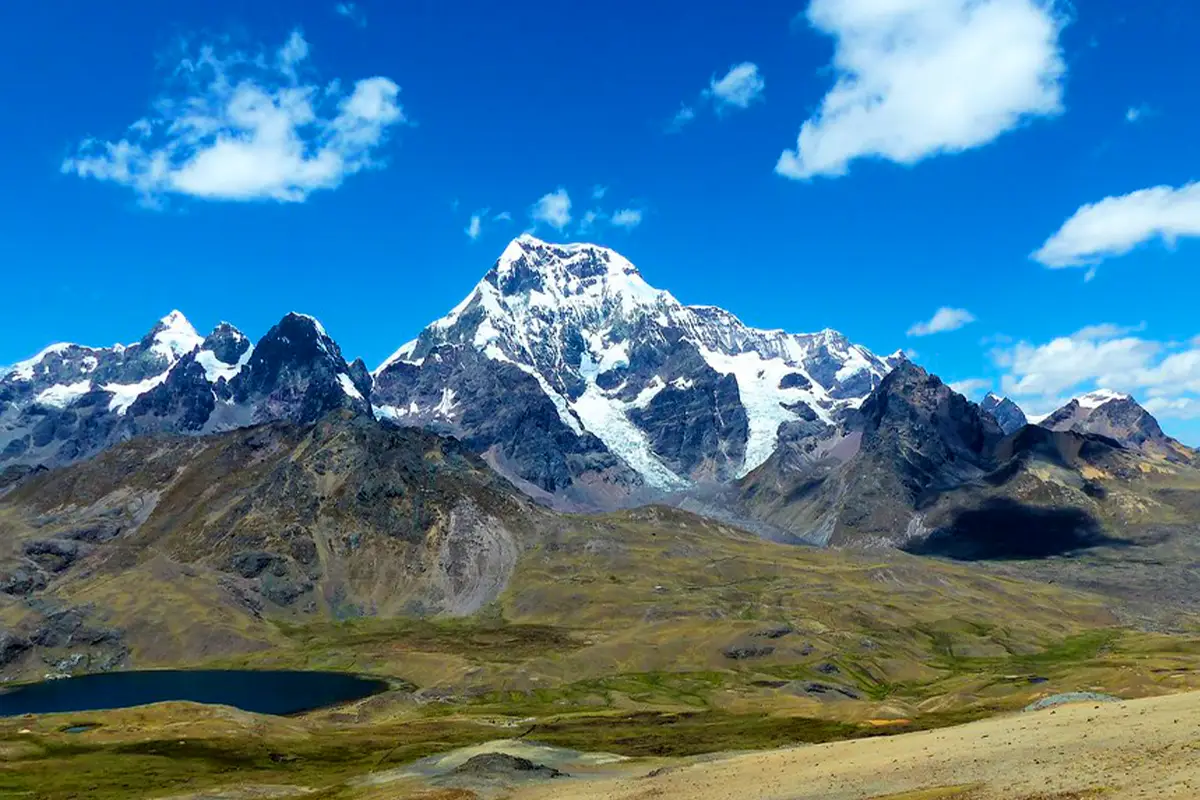
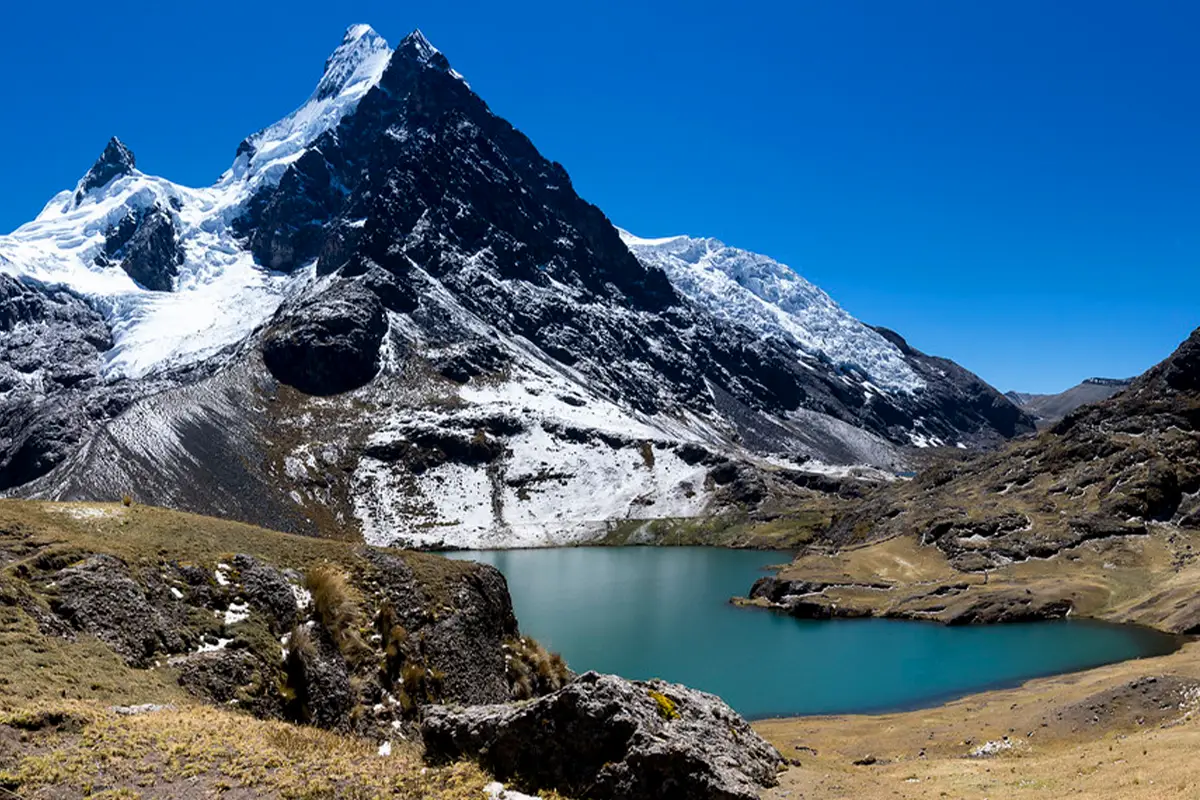
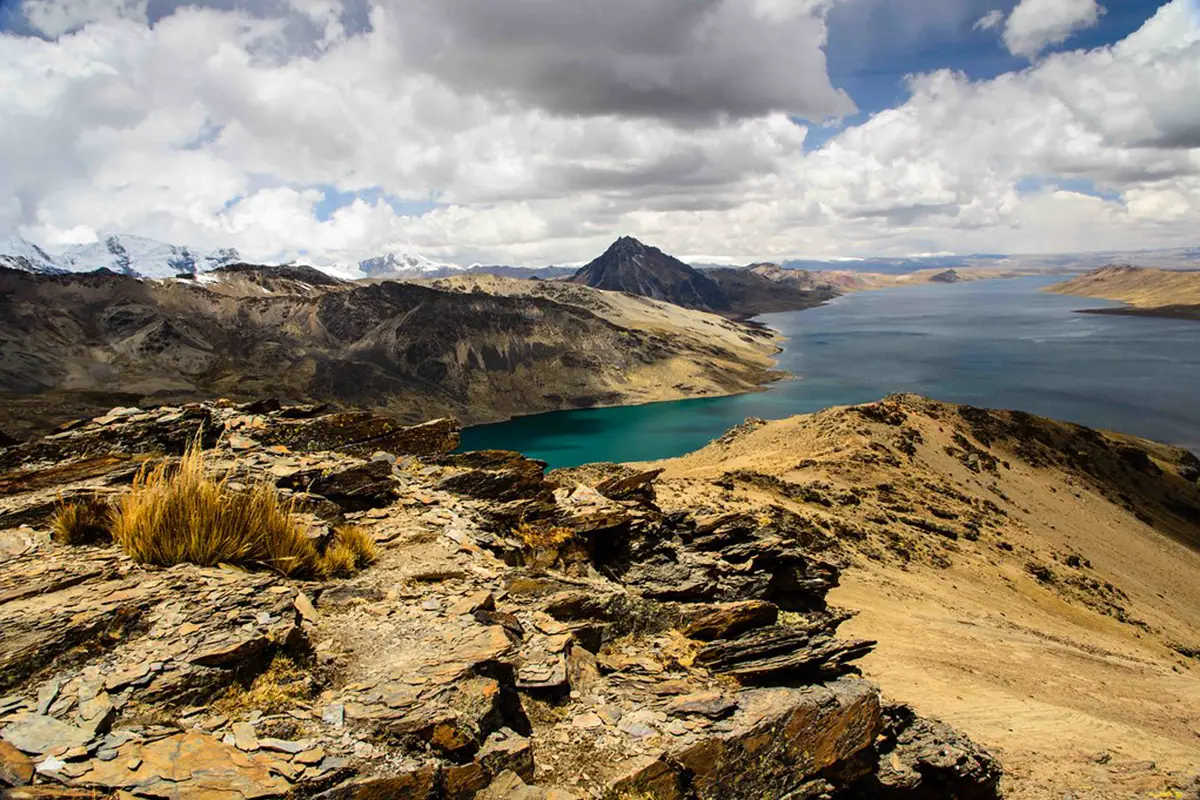

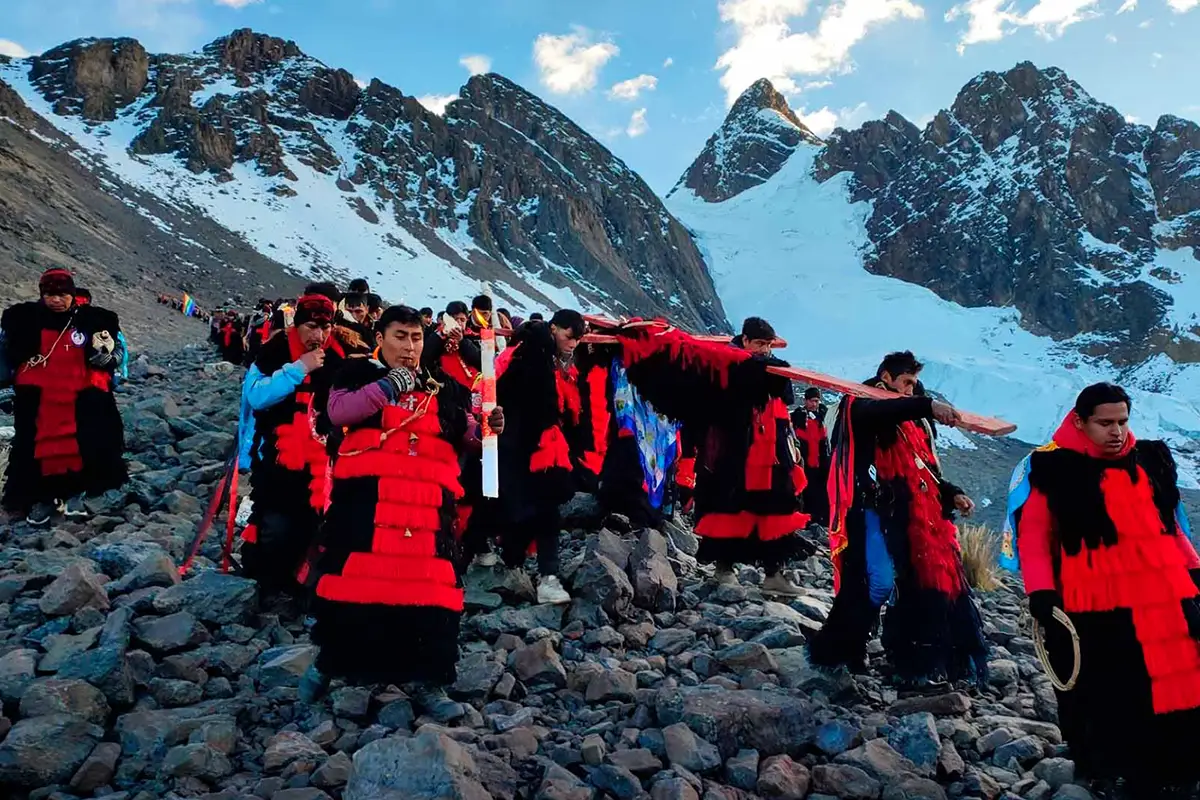
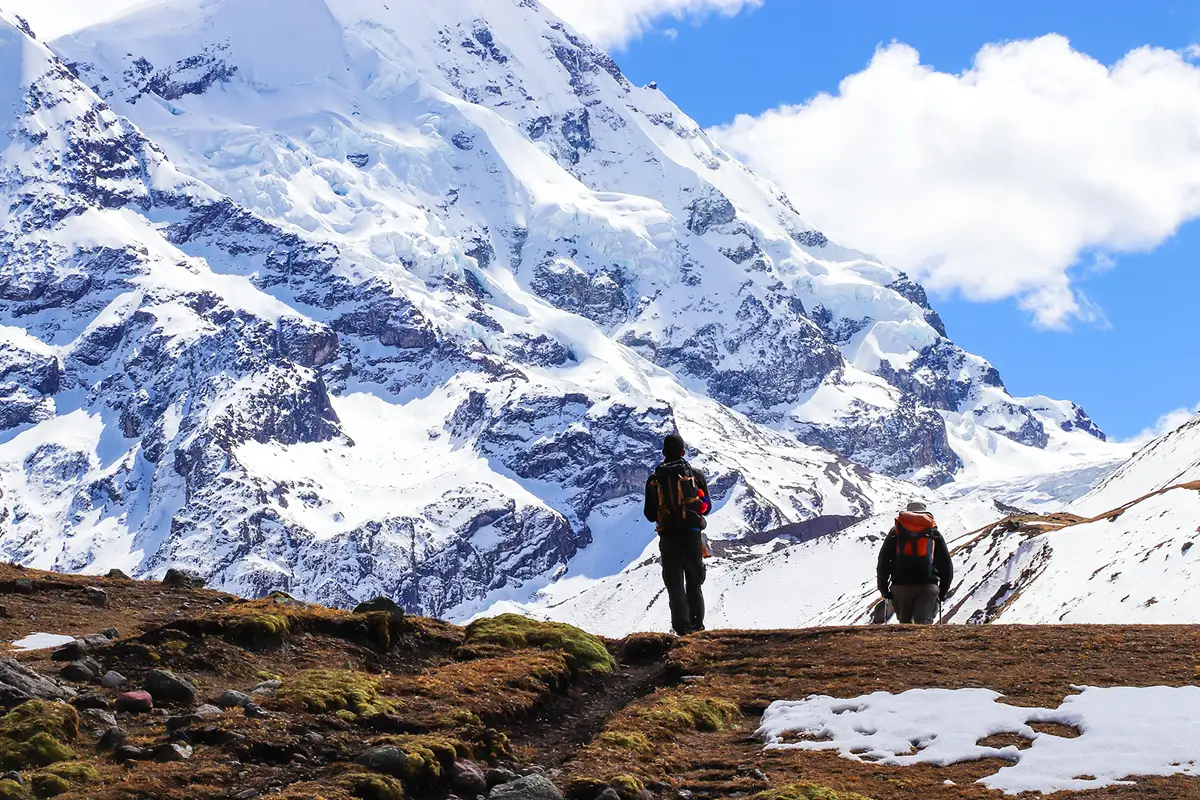

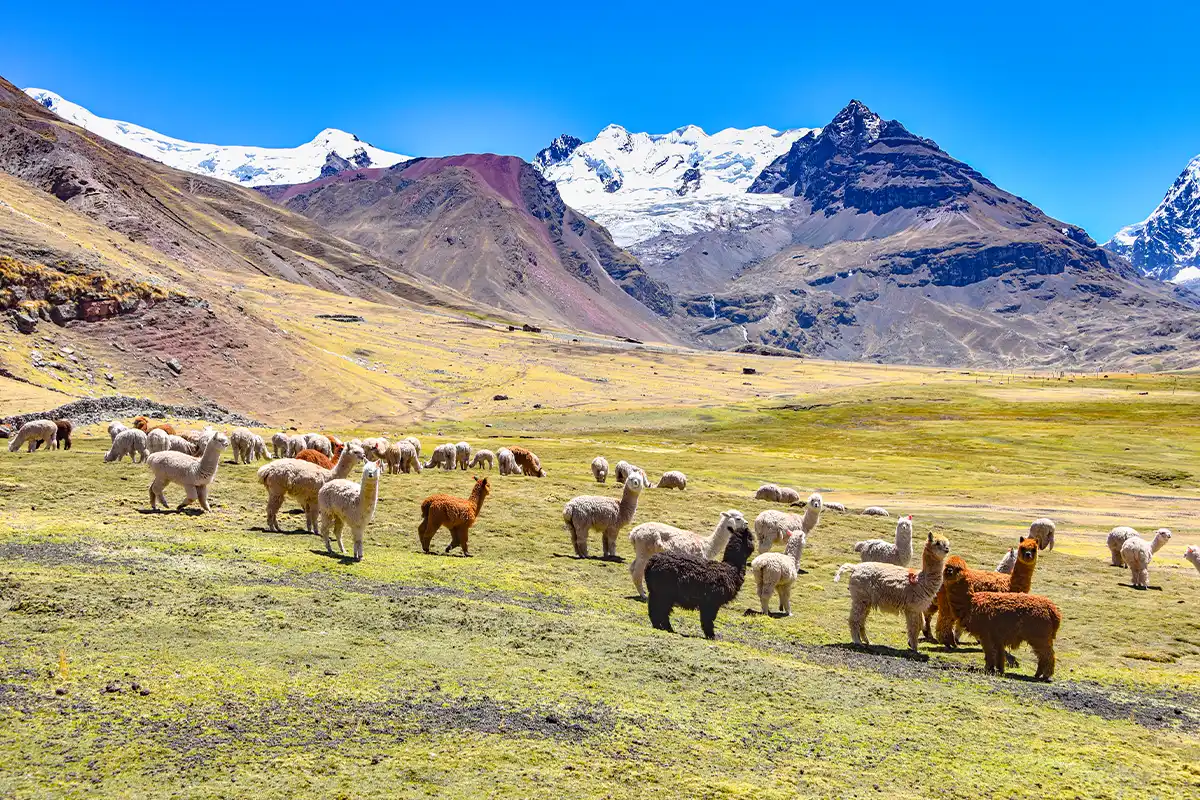
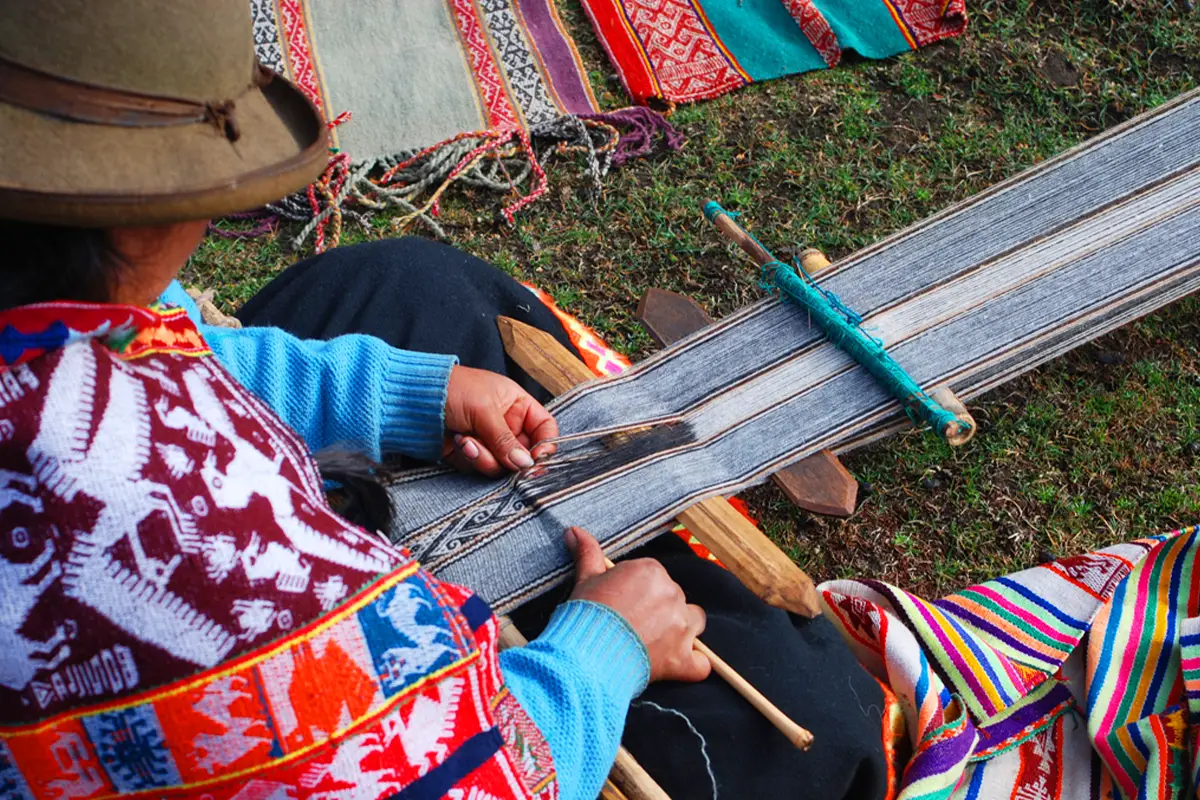

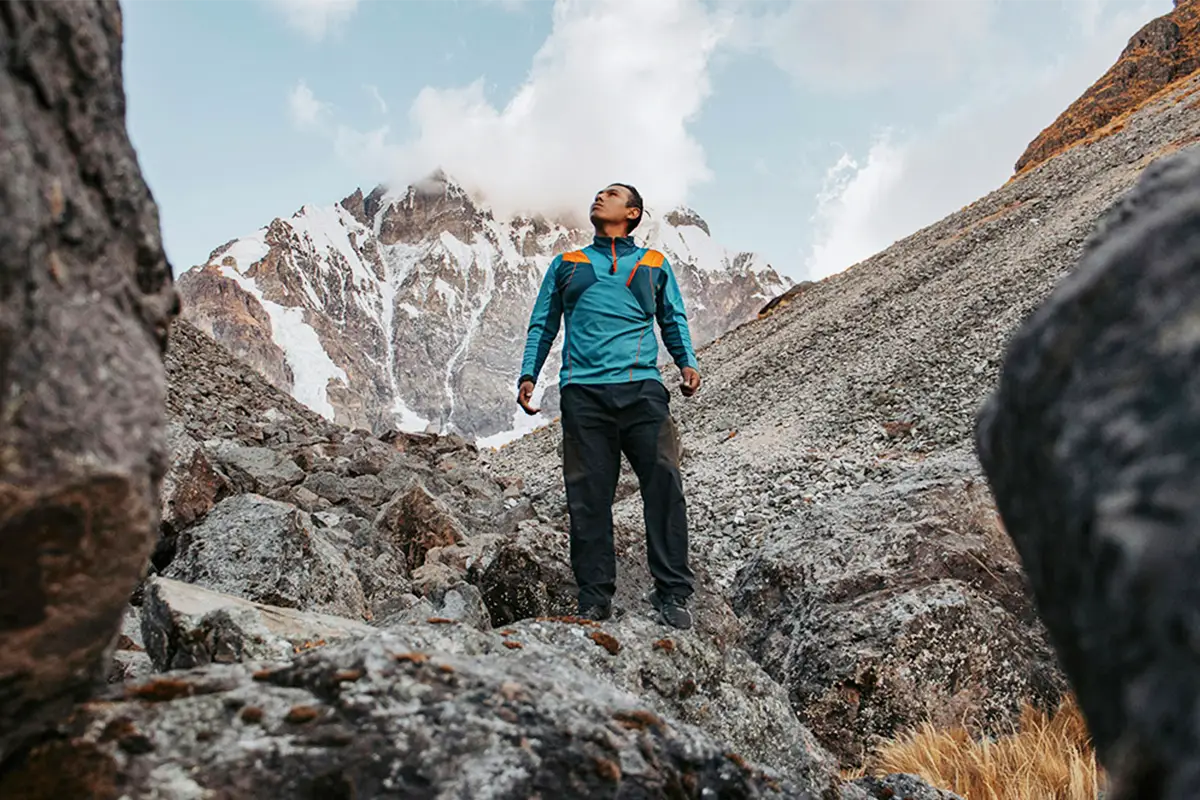
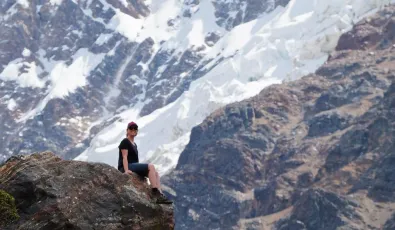
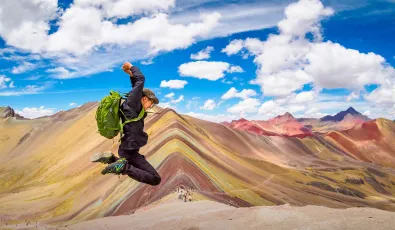
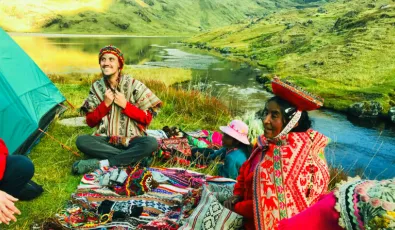
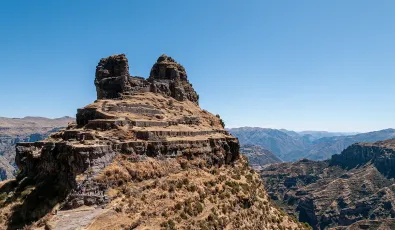
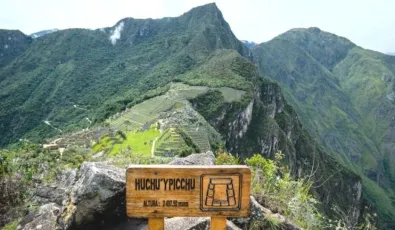

Add new comment